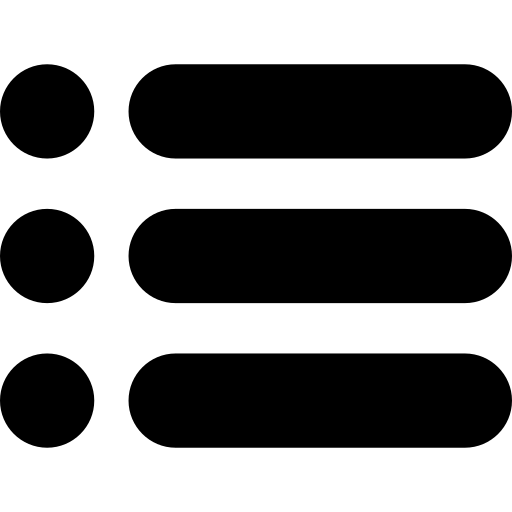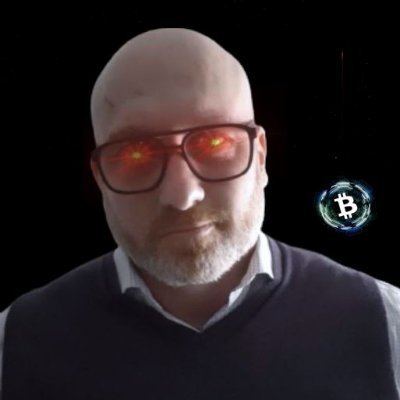
HI THERE DENIZENS, AND WELCOME BACK!
In an age where the news cycle spins faster than a fidget spinner, understanding the grand tapestry of global events can seem like trying to solve a Rubik’s cube in the dark. Enter Ray Dalio with his magnus opus, “Principles for Dealing with the Changing World Order,” and William Strauss and Neil Howe with their cyclical prophecy, “The Fourth Turning.” Together, they just might offer a crystal ball into our chaotic world, suggesting that history isn’t just repeating; it’s on a remix loop.
Ray Dalio's Economic Opera

Ray Dalio, the hedge fund maestro, doesn’t just see numbers; he sees the rhythm of empires rising and falling like beats in a grand symphony. His book lays out a framework where the rise and fall of nations are as predictable as the seasons, if only you know what signs to look for. Through his meticulous study of economic history, Dalio outlines a framework where empires rise and fall in what he terms the “Big Cycle.” His book underscores the current economic situation characterized by monumental debts, near-zero interest rates, and the unprecedented printing of money. These are not just economic policies but harbingers of a shift in global power dynamics:
Debt Cycles: According to Dalio, we’re in the crescendo of a long-term debt cycle where debt is high, interest rates can’t go lower, and central banks are printing money like it’s going out of style. Sound familiar? That’s because it’s happening now, with global economies teetering like a Jenga tower on the brink of a sneeze. Dalio warns of a world where debt continues to grow relentlessly, potentially leading to a scenario where inflation becomes a tool to manage this debt. This resonates with current global sentiments where discussions on X reflect concerns over U.S. debt and its implications for global economic stability.
Power Shifts: The book explores the historical decline of empires with the concurrent rise of new ones, foretelling the trajectory of the American empire with the rise of China, not with the drama of a soap opera but with the inevitability of sunrise. Dalio points towards China’s ascent as a pivotal moment in the changing world order. This isn’t merely about economic growth, but a shift in global leadership, challenging the longstanding dominance of the U.S. Posts on X echo this sentiment, discussing China’s strategic positioning at what might be a critical juncture in its economic narrative. As for the outcome of the current economic tug-of-war and geopolitical posturing between the US and China? Dalio would probably nod and say, “Told you so”, while thinking of BRICS.
Internal Conflict: Dalio points out that when wealth gaps widen, societies fracture. Look around, and you’ll see social unrest, political polarization, and a general vibe of “us vs. them” across the globe, fitting neatly into his narrative. The increasing disparities within nations, especially evident in the Canada, The U.S. and Britain, align with Dalio’s observations of internal strife being a precursor to major global shifts. Social media platforms like X are rife with discussions on political fragmentation and the quest for new leadership.
Dalio’s book suggests we’re at this tipping point where the world order might just decide it’s tired of the US being the party host. Enter China, not just crashing the party but bringing its own keg. According to Dalio, this shift in power dynamics could lead to a redefinition of what “world order” even means.
Strauss-Howe's Generational Carousel

Now, let’s sprinkle in some Strauss and Howe. These guys have divided history into these catchy cycles called “turnings.” You’re currently in what they’d whimsically refer to as the “Fourth Turning” – a period of upheaval, where society gets its collective midlife crisis. Imagine every 80-100 years, the world decides to have a major freak-out, like clockwork, but with less Swiss precision and more medieval plague vibes. Strauss and Howe serve up a generational theory with a side of historical repetition. “The Fourth Turning” argues that history moves in cycles, each about the length of a human life, leading to predictable crises:
The Current Crisis: We’re smack in the middle of what they call the “Fourth Turning,” a time of upheaval when the old order crumbles and a new one is forged in the fires of crisis. According to their theory, we’re in the midst of a ‘Crisis’ period, where societal structures are challenged, and new orders emerge. This aligns with the current global unrest, economic uncertainty, and the rise of movements seeking change, as discussed in various X posts where users reflect on historical patterns repeating. If you feel like the world’s on a precipice, congratulations, you’re living through history!
Looking Ahead, Predicting the Next 20 Years: If we are indeed in the Fourth Turning, the next two decades might see the resolution of this crisis, leading to a ‘High’, an era of prosperity and collective unity. However, this transition could involve significant turmoil or “catastrophe, political unrest, and a big war” as some users on X speculate, drawing from Dalio’s insights. If their theory holds, the next 20 years will see this crisis peak and resolve, potentially through major conflicts or societal restructuring. Post-crisis, they predict a “High,” an era of prosperity and unity, but first, we have to navigate the storm.
Here’s how it’s playing out: Boomers, Gen X, Millennials, and Gen Z are all playing their parts in this generational drama. The Boomers had their time in the sun, now Millennials are stepping up, feeling the weight of history, trying to fix things that are either broken or just really, really complicated (like the economy, climate, or your social media feed).
The Synthesis

Combining Dalio’s economic insights with Strauss-Howe’s generational cycles gives us a dual lens to view the tumult of our times:
Economic Power Shift: The economic instability and transfer of power Dalio describes could well be the financial manifestation of the generational and societal shifts Strauss-Howe predict. The economic policies and power transitions today could be setting the stage for the next societal ‘turning’.
Conflict and Resolution: The crises of today, be they economic, political, or environmental, might culminate in the conflicts Strauss-Howe anticipate, leading to a reshaping of global order. The next 20 years might witness not just economic battles but real conflicts or cold wars for dominance, especially between the U.S. and China, as both economic power shifts and generational attitudes towards leadership and governance evolve.
Innovation and Governance: Post-crisis, expect not just economic recovery but innovations in how we govern, work, and live together, potentially aligning with the new ‘High’ or spring of society. Following these patterns, there should come an era where innovation thrives, possibly in technology, governance, or economic systems. This could align with discussions on platforms like X about leveraging current technological revolutions to address global challenges.
The US might not be the lone superpower. China could become the new cool kid on the block, or perhaps a multipolar world where everyone’s just kinda doing their own thing, like a global version of “Work From Anywhere.” if Dalio and Strauss-Howe are right, we’re in for a ride that’s part rollercoaster and part philosophical journey.

In essence, both Dalio and Strauss-Howe provide a blueprint for understanding the convulsions of our world today through the lens of history’s repetitive patterns. They suggest that what feels like unprecedented chaos might just be history’s old tunes played on new instruments. While no prediction can claim absolute certainty, their works suggest that we are at a pivotal point where the actions taken now will dictate the global narrative for decades to come. Observing events through these frameworks not only make sense of the chaos but also prepares us for the potential realities of the future, urging a blend of caution, innovation, and readiness for transformative change. So understanding the patterns can prepare us for, or even allow us to influence, the world order of the next 20 years.
So remember, while they give us the roadmap, humanity’s knack for unpredictability means we might just take a detour through the land of “Nobody Expected That!”



Frequently Asked Questions.
Bitcoin is a decentralized digital currency, without a central bank or single administrator, that can be sent from user to user.
The Fourth Turning is a theory where history repeats in 80-year cycles, each ending with a crisis. We’re in one now!
History moves in cycles. Global economic powers shift, leading to new world orders through conflict or innovation, resulting in each era’s crisis reshaping society.
**Disclaimer**
Cryptocurrencies and ICOs are all the rage these days, with everyone from celebrities to your next door neighbor looking to get in on the action. However, it’s important to remember that investing in cryptocurrencies and ICOs is highly risky and speculative. The prices of these assets can be incredibly volatile, and there’s no guarantee that you’ll make any money by investing in them. In fact, you could easily lose everything that you put into them. So if you’re thinking about investing in cryptocurrencies or ICOs, make sure that you understand the risks involved and only invest what you can afford to lose.

